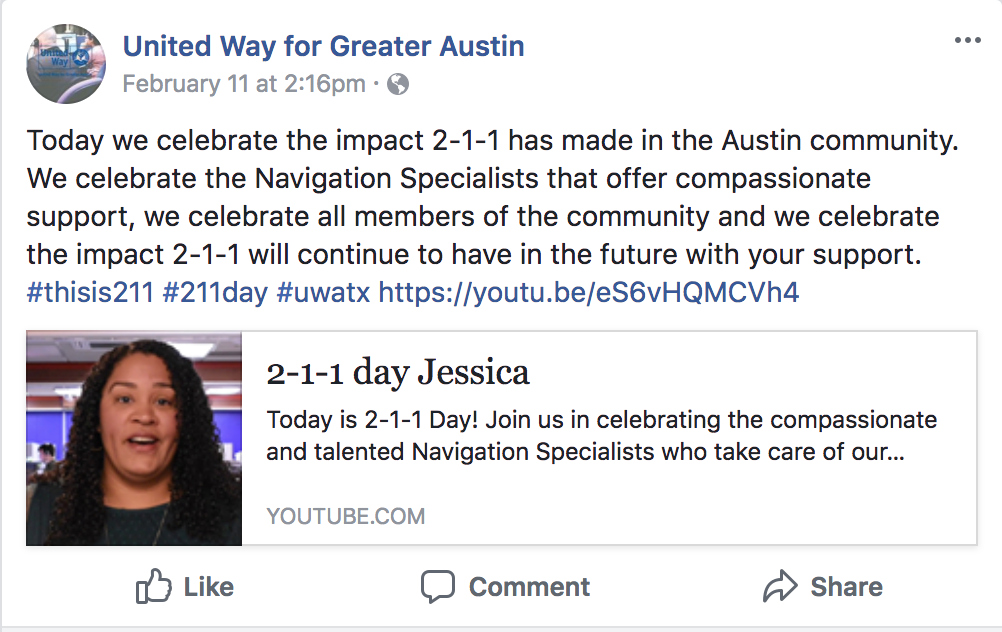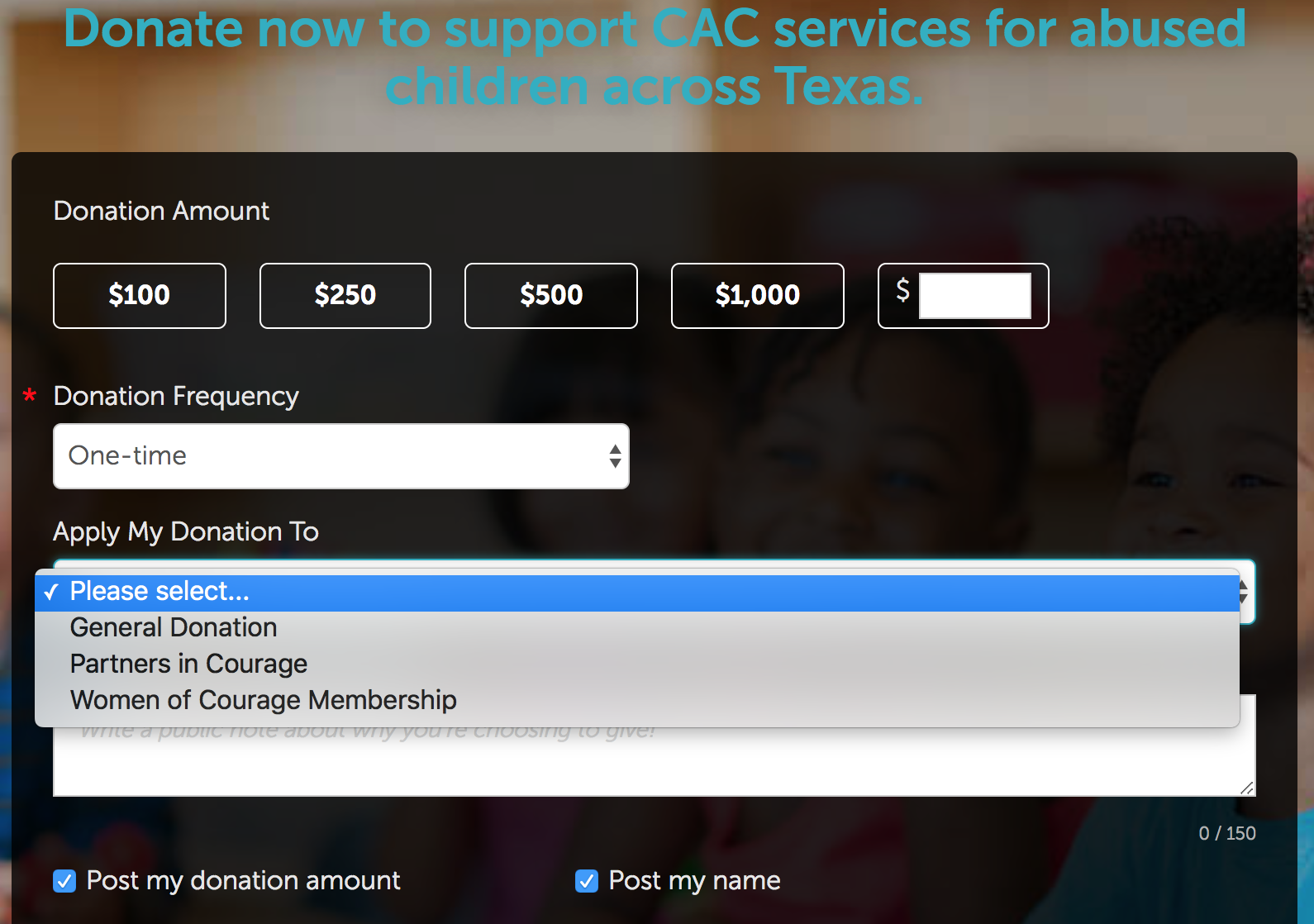What Donors Want From Nonprofits Before They Write Their Checks
At some point in the last few years, you may have seen or read a meme floating around on social media called “Think Before You Donate.” Usually presented in the form of a chart, this graphic purports to reveal how donations to specific charities are actually being used. In the process, it champions certain nonprofits over others.
On the surface, this meme is good-intentioned. Unfortunately, though, it is extremely misleading. Snopes.com explains that the meme is “mostly outdated and inaccurate,” while TruthOrFiction.com labels it as “Fiction.”
Despite being largely disproven, it has spread far and wide on Facebook, Twitter and elsewhere, leading many people to hesitate before donating to worthy causes.
We talked to several experts in order to find out what donors want from nonprofits, so that you can be sure that the donors to your own small to midsize nonprofit will think of you when they “think before they donate.”
Here’s the list of what donors want:
1. Maintain Total Transparency
2. Establish a Strong Social Media Presence
5. Establish an Ongoing Relationship
1. Maintain Total Transparency
The thing that donors want most from nonprofits is full transparency. They want to know how their money is going to be spent, and how many of their dollars are going to directly benefit your organization’s cause.
A lack of transparency landed the Red Cross in hot water in the wake of Hurricane Harvey. Michael J. Montgomery, fundraising and nonprofit management consultant with Montgomery Consulting, Inc., explains the controversy concisely:
“Much of the Red Cross’ problem had its origins in an approach to fundraising for disaster relief that put the current disaster at the center of the effort without also making it clear that a significant portion of the funds raised would, of necessity, go to support the organization’s permanent disaster relief assistance and to replenish reserves in order to be able to respond quickly to the next disaster.”

The Red Cross is no stranger to controversy
Donors were incensed to learn that their money wasn’t all going directly to aid those people affected by Hurricane Harvey. The Red Cross could have addressed this backlash by explaining the other ways that money was being used for present and future disaster relief. Transparency improves donor confidence and helps them better understand how nonprofits work.
This transparency can take many forms, but Christina Disbrow, a small nonprofit development expert at All Write, All Write, All Write, identifies a very important one. She says, “Nonprofits should consider having financial statements such as their 990 forms and annual reports easily found on their website.”
Full financial transparency with donors can go a long way to assuaging their concerns. Another way to be transparent, though, is to maintain a robust social media presence.
2. Establish a Strong Social Media Presence
You should use social media—sites like Facebook, Twitter and Instagram—to create a relationship with your donors, and provide them with insights into how your organization functions day to day.
According to Adrienne Irizarry, professional fundraiser and founder of Leviosa Communication, social media, “allows you to get the word out about the work your organization is doing to a large audience.”
One way to do this is through posts that focus on your staff and the hard work that they do, day in and day out, so that donors recognize the need to compensate them appropriately for that work.

A staff-focused post on United Way for Greater Austin‘s Facebook page
As Irizarry explains, your donors will see your organization’s values in action when they are able to see the work that your staff does on a daily basis. “Without the dedicated staff to coordinate and execute the logistics of the organization’s mission there is a lot of enthusiasm and no one to lead the charge.” Thus, donors will be less likely to resent their money going towards the overhead that pays these staffers.
If that’s still a problem for some donors, though, you can give them a choice about where their money goes.
3. Give Donors a Choice
As the Red Cross learned after Hurricane Harvey, some donors want their money to go to a very specific cause, and not fill your organization’s coffers in preparation for future need. By giving those donors a choice where their money goes, even if some of it still goes to overhead, you can make them feel like more active participants in the good work your organization does.
Christina Disbrow explains, “If an organization has several programs, they can set up buttons where donors can communicate where they want their money spent—along with a ‘where it’s needed most’ (a.k.a. general operations) button.”

Donation options on the Children’s Advocacy Centers of Texas website
Many donors won’t give you money at all if they can’t have a say in where it goes. According to tax attorney Bishop L. Toups, “One of the most important things I advise my clients who are setting up charitable gifts/bequests is to make sure they decide whether they earmark their donations for general purposes (e.g., the charity can use the money as they see fit) or earmark their donations for specific purposes (e.g., buying vests for police training dogs).”
For some donors, having this level of choice will convince them to donate at least once. If you want to turn them into recurring donors, though, you’ll need to regularly report back to them on how their money has been put to use.
4. Issue Regular Reports
Publicly-traded for-profit businesses provide reports to their shareholders at least annually, and if you want to be fully transparent with your donors then you should be prepared to do the same.
Garet Turner, vice president of development at the American Society of Association Executives Foundation, explains that annual reports not only provide comfort to previous donors, but can also be used to ensnare first-time donors.
“While annual reports may feel outdated, a digitized annual report becomes a much more easily searchable document than previous paper copies,” he says. “Publishing this on your website each year and optimizing your SEO will provide a potential donor the opportunity to search for a topic more easily.”

A page from the Wildlife Conservation Society’s annual report
Regular reports are just one form of providing feedback to your donors as you develop a deeper relationship with them that can turn them into repeat donors.
5. Establish an Ongoing Relationship
According to Christina Disbrow, “Nonprofits need to get to know their donors and form a relationship—this is development and donor stewardship 101.” This means providing regular reports and posting insights on social media, but also more direct interactions, like newsletters and events that get donors involved as volunteers.
As Jamie Thomas, executive director of Motley Zoo Animal Rescue, explains, “We remind people that giving is great, but we need volunteers, too. The reality is we do want people to act, not just give money, so balance your asks appropriately.”

A partial listing of events hosted by Motley Zoo
When donors are invested in your organization as well as your cause—something you can achieve by increasing both your nonprofit’s transparency and the number of ways that donors can interact with you—then you have no cause to worry that your donors will “think before they donate.” Because even if they do, they’ll always think of you first.
Next Steps
Now that you know what your donors want from you as a nonprofit, here’s a couple things you can do in order to learn more:
Read about nonprofit donor retention strategies so that you can turn one-time donors into recurring supporters of your organization.
Read user reviews of fundraising and donor management software to learn how other nonprofits have used software to help them attain and keep donors.